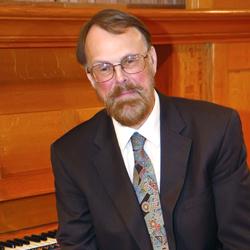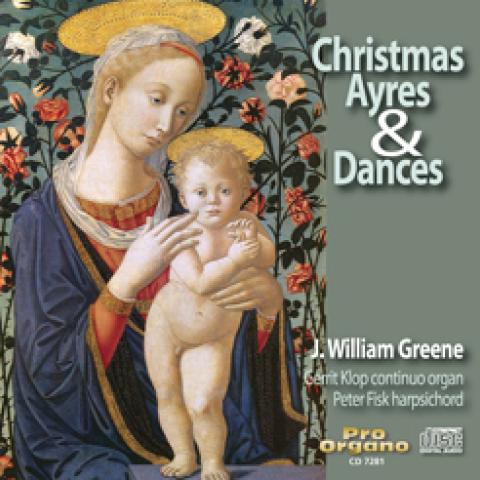
J. William Greene’s eighth and ninth collections of organ music were published in the spring of 2017. Christmas Ayres & Dances, Volume 2, for organ, harpsichord, chamber organ, or piano, was published by Concordia Publishing House. A Mighty Fortress, Seven Creative Hymn Settings of Familiar Hymns plus a Jaunty Toccata, was published by Paraclete Press.
Other works are listed on Greene’s website: www.jwilliamgreene.com.



